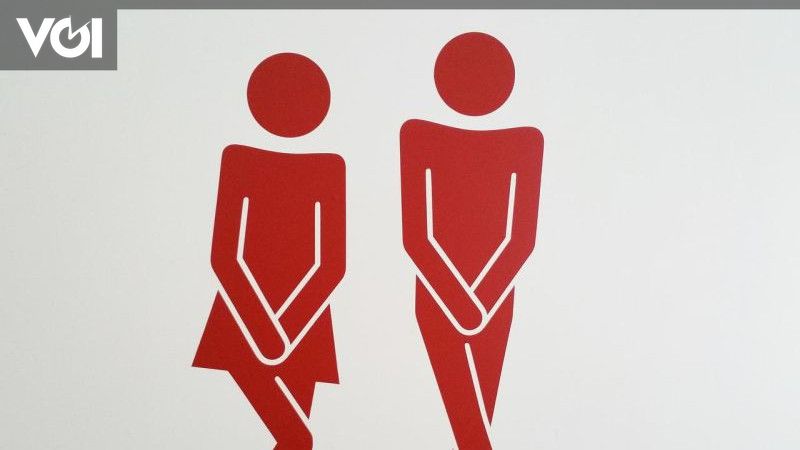JAKARTA – You should know, crystals found in urine do not necessarily indicate there are stones in the urinary tract including kidney You. dr. Adistra Imam Satjakoesoemah, Sp.U, FICS from the Indonesian Association of Urologists (IAUI) said patients need to undergo radiological examination as confirmation.
“Although the forerunner of stones are crystals in the urine, it is not the same as having stones. Absolutely not,” he was quoted as saying by ANTARA, Saturday, April 23.
The most common radiological examination is ultrasound because it is relatively easy to perform and provides real-time results. “So there must be further evaluation to confirm it. The most important radiological examination is usually ultrasound. We must assess and know the condition of the kidneys, and the bladder,” he said.
The appearance of stones on ultrasound is usually bright white and accompanied by shadows. According to Adistra, usually stones that are large enough, for example above 5mm, will be seen clearly by ultrasound examination.
Even so, ultrasound accuracy only reaches 70 percent, depending on who is doing it and the tools used. Doctors usually also advise patients to do a CT-Scan, especially to detect stones that are relatively small in size and cannot be seen clearly with ultrasound.
“If you want to know for sure, especially for small stones and are not sure, that is with a CT-Scan because it is easy to do and does not require special preparation. CT-Scan is the gold standard for seeing stones because this examination assesses the density of an organ,” said Adistra .
–
–
–
He added, there are three parameters to assess stones through a CT-Scan, namely the location of the stone, whether in the kidney or at the level of the ureter, the size of the stone and the degree of hardness or density of the stone that can be obtained through a CT-Scan examination.
Stones in the kidney or urinary tract about 30-45 percent have no symptoms. Usually, patients only know the presence of stones when they accidentally do an ultrasound or other examinations. Complaints will usually appear after the stone causes blockage or inflammation in the urinary tract.
Symptoms can include dull or severe low back pain, pain in the lower abdomen, accompanied by nausea, vomiting and cold sweats. Patients can also experience a high fever accompanied by chills, then bloody urine, cloudy white or thick.
In addition, anyang-anyangan, frequent pain when urinating, difficulty or inability to urinate and urinating or passing stones can also be symptoms of kidney stones.
–


